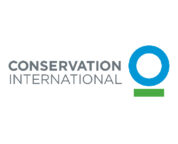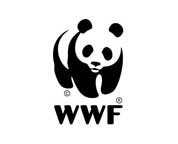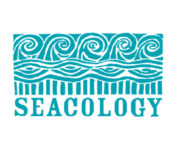Our Agroforestry Project located in Kebar, Tambrauw Regency, Southwest Papua seeks to engage local communities in re-cultivating degraded areas through syntropic agroforestry. This organic farming method combines trees and crops, improving soil health and community livelihood. Our aim is not only to plant trees, but to replant self-sustaining indigenous forests and self-sustaining local economies.
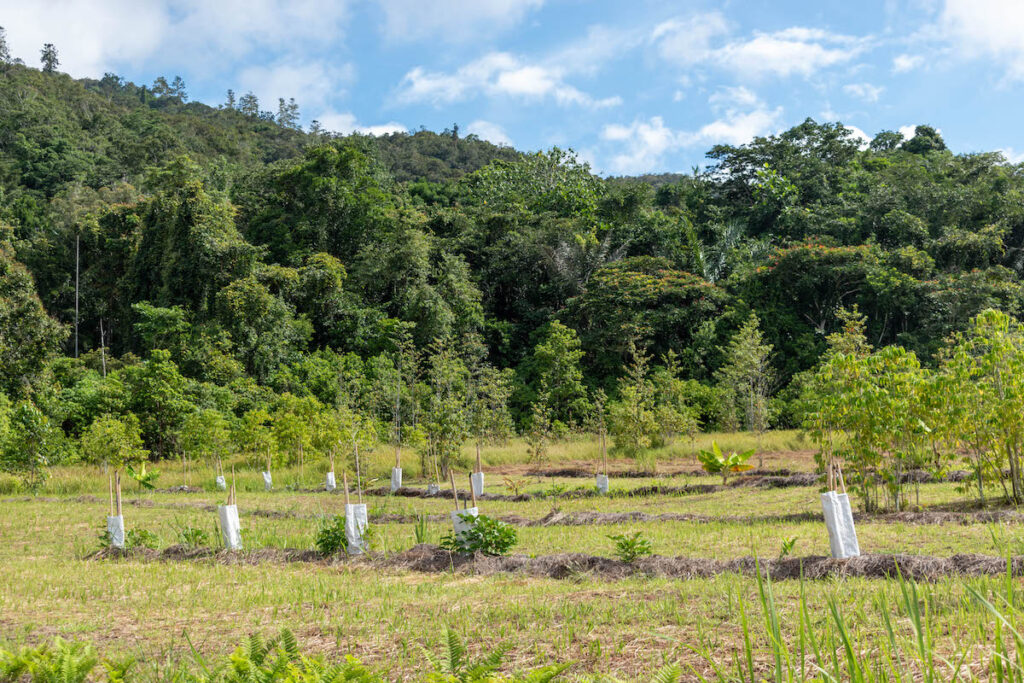
The slash-and-burn method is heavily used by locals to prepare a field for planting crops. However, this leaves large areas of imperata grasslands, dwindling the amount of forest coverage in the area and degrading the quality of the soil. Our project aims to introduce a more sustainable method in cultivating the soil while planting a wider variety of trees and crops.
By planting trees, namely fruit trees, in degraded areas, we minimize the threat of those and more areas to be burned several times a year. And as a byproduct, the degraded areas will be reforested, bringing wildlife back to health. In partnering with the local villagers, we seek to provide them with the means and training to grow nutritiously diverse food to support their families and economic demands.
Watch what our project is all about here.
Our Efforts
Currently our Kebar Agroforestry Center covers 12 hectares, with plots planted across various soil types and topographies. A diverse array of tree crops is being tested to assess their adaptability and productivity within the local ecosystem. Our Center has a plant nursery, vegetable and spice garden, as well as a workshop to build tools and accommodate our staff.
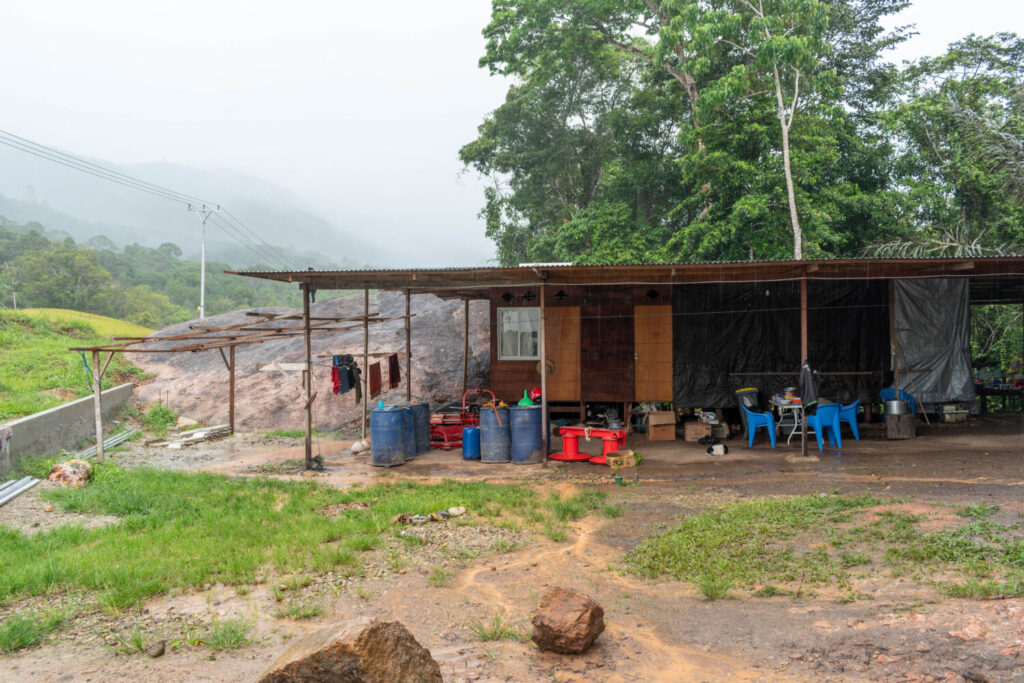
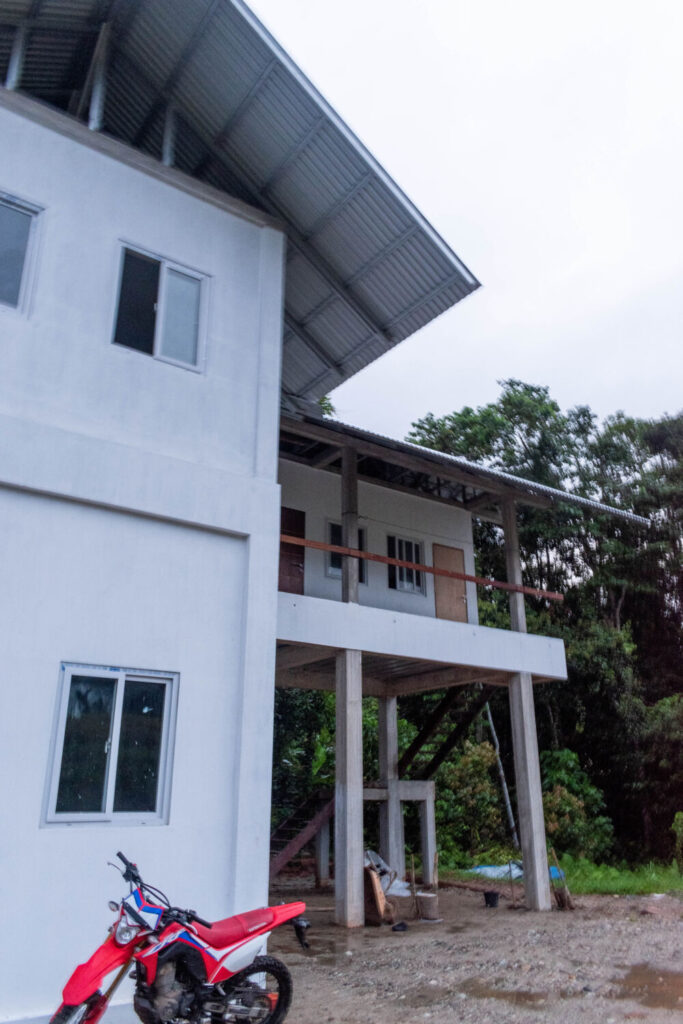
Currently, as of August 2024, we have successfully planted over 6.000 trees, including 1.000 fruit and nut trees representing 125 distinct varieties. These plantings feature both common and indigenous fruits from Papua, as well as exotic species such as mangosteen, imported mango, and various durian cultivars. These seedlings will continue to grow at our nursery until they are large enough to be moved to the alley croppings. Additionally, we are conducting interplanted trials aimed at fostering economic livelihoods, focusing on coffee, cacao, bananas, and native timber species.
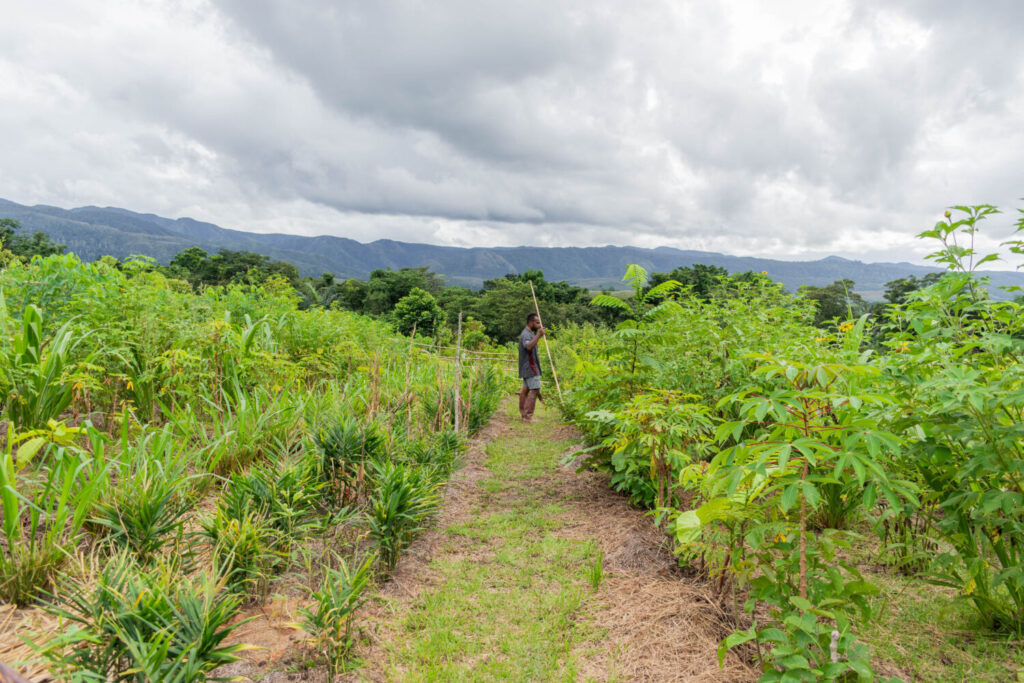


Traditionally, gardens have only been planted to provide for the household’s needs. With the training and support to plant trees and crops that will not only provide for their family, but leave some for selling, the local community will be able to improve their financial means while growing in knowledge and skill to sustainably cultivate the land.

The local villagers mainly grow, sell, and eat annual crops such as chili, spinach and cassava, or corn. Our project will complement traditional food crops with higher-value fruit, nut, and spice crops that can provide a more nutritious diet and less volatile income without further degrading the forest. We will also focus on reforesting larger areas using only native trees—such as Matoa and other indigenous timber trees—to further rehabilitate the land.
Our Proven Model
- Initial cut of 40 person-days to clear grass & obstruction
- Rake and form windrows manually (40 working days)
- Second cut occurs 2-6 months later, allowing grass to fully recover (17 working days + equivalent raking time)
- Planting occurs after second cut and before raking
- Third cut occurs 2-6 months later (10 working days + equivalent raking time)
- Subsequent cutting cycles until canopy closure follow the same 10-day cutting and raking schedule per hectare
Future Prospects
As we partner with the local communities around us, we hope to teach them the skills to sustainably cultivate the soil back into health, and at the same time, grow and care for trees that will nutritiously feed them and their families.
Our non-burning approach to cultivating the soil is unheard of by the locals in the area. They have always used the slash-and-burn method to farm their land, and at the beginning, looked at our project with speculation. As our agroforestry project is a pilot project in Southwest Papua, we are pioneering the way for a more sustainable method of farming in the area. And over the last year, we have proven the success of our model.

Our Center has become a one-of-a-kind learning hub, fostering innovation, sharing of knowledge and community involvement. We have hosted interns and guest students from West Papua and Papua, and we will have students coming across the border from Papua New Guinea.
We aim to establish 260 hectares of forest on what is now strictly open grassland by 2030, by planting and managing1,000,000 trees in 18-24 months. With a lead time and tail-end allowance of 6 months each, we see our goal to be feasible within 3 years.
Challenges
To enable larger areas and meet the timeframe, we require the use of mechanized tools, such as tractor-powered grass cutters, mowing devices, and grass-raking devices. With Kebar being so remote, logistical and transportation challenges also reveal themselves. We will require additional vehicles, such as Suzuki pickups and motorcycles to transport planters, materials and equipment, as well as food.
With Kebar’s remoteness, it takes about 10 hours on motorcyle to reach from Sorong. With a pickup truck, it takes about 4 hours to reach from Manokwari. A small plane also flies out of and into Kebar from Sorong once a week. These limitations of reaching Kebar are significant challenges for us to get all necessary tools, seedlings, and food to our agroforestry center.
Should you like to support us in our project, click here.





